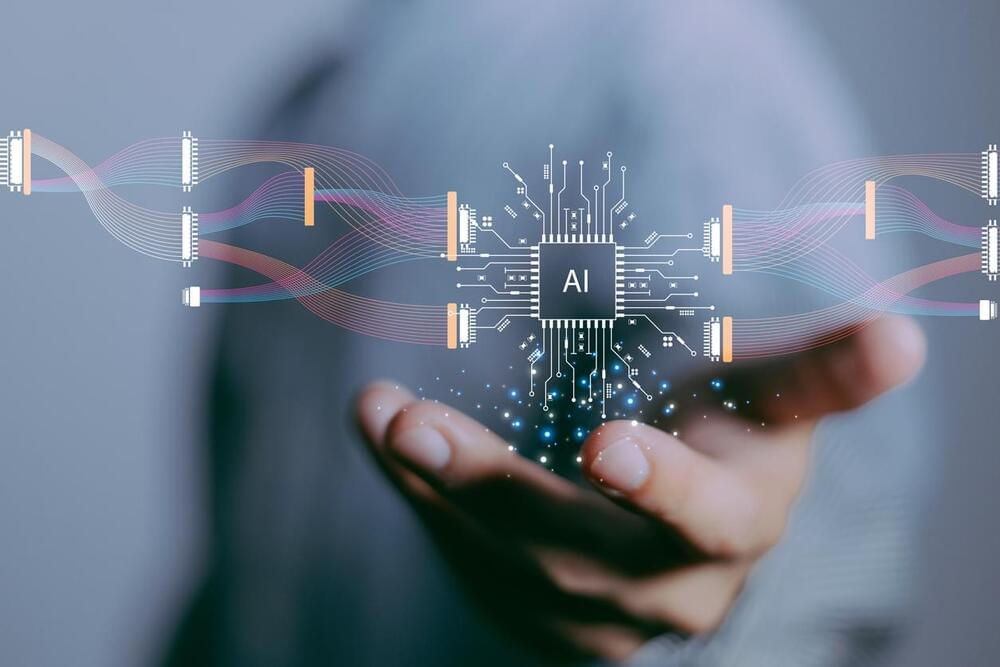The men were gathered to watch the football game at a friend’s house.






Forests serve as crucial players in the fight against climate change due to their ability to absorb and store carbon. A recent study, with contributions from researchers at Northern Arizona University, is poised to revolutionize forest conservation strategies across the United States. This study introduces innovative and precise models designed to more accurately estimate and forecast the carbon storage capacity of forests.
The U.S. Forest Service, along with an impressive list of research partners including those at Northern Arizona University, has introduced new National Scale Volume Biomass (NSVB) models that provide a consistent and scientifically accurate method to predict tree volume, biomass (a term that describes the collective mass of the woody parts of trees) and carbon content nationwide.

Artificial intelligence models can now replicate independently new AI systems without any human intervention, according to scientists of the project.
A scientific collaboration between Aizip Inc., the Massachusetts Institute of Technology, and several University of California campuses has made a breakthrough in using larger AI models that can create smaller AI models.
OATH OF OFFICE: DID BIDEN FULFILL HIS PROMISE TO RESTORE THE ECONOMY?

CNS News– A dispute over a McDonald’s food order in Atlanta, Georgia, escalated to a tragic conclusion when Tamanika Woods, a mother of four, was fatally shot. The incident, which took place two days after Christmas, involved 19-year-old T’Niya Evans, who has since been charged with murder and aggravated assault.
This altercation represents a stark example of how quickly conflicts can escalate to violence. According to reports, the argument began over missing food items from an order placed by Evans and her sister. Woods, who was defending a McDonald’s employee and friend, became inadvertently involved.
The dispute tragically ended when Evans allegedly pulled out a gun and shot Woods at point-blank range inside the restaurant. The event was captured on surveillance video, showing Evans confronting and shooting Woods. In a swift response, another patron apprehended Evans, preventing her escape until police arrived.



Eighteen months ago, it was shown that different parts of the interior of the proton must be maximally quantum entangled with each other. This result, achieved with the participation of Prof. Krzysztof Kutak from the Institute of Nuclear Physics of the Polish Academy of Sciences (IFJ PAN) in Cracow and Prof. Martin Hentschinski from the Universidad de las Americas Puebla in Mexico, was a consequence of considerations and observations of collisions of high-energy photons with quarks and gluons in protons and supported the hypothesis presented a few years earlier by professors Dimitri Kharzeev and Eugene Levin.
Now, in a paper published in the journal Physical Review Letters, an international team of physicists has been presented a complementary analysis of entanglement for collisions between photons and protons in which secondary particles (hadrons) are produced by a process called diffractive deep inelastic scattering. The main question was: does entanglement also occur among quarks and gluons in these cases, and if so, is it also maximal?
Putting it in simple terms, physicists speak of entanglement between various quantum objects when the values of some feature of these objects are related. Quantum entanglement is not observed in the classical world, but its essence is easily explained by the toss of two coins. Each coin has two sides, and when it falls, it can take one of two mutually exclusive values (heads or tails) with the same probability.